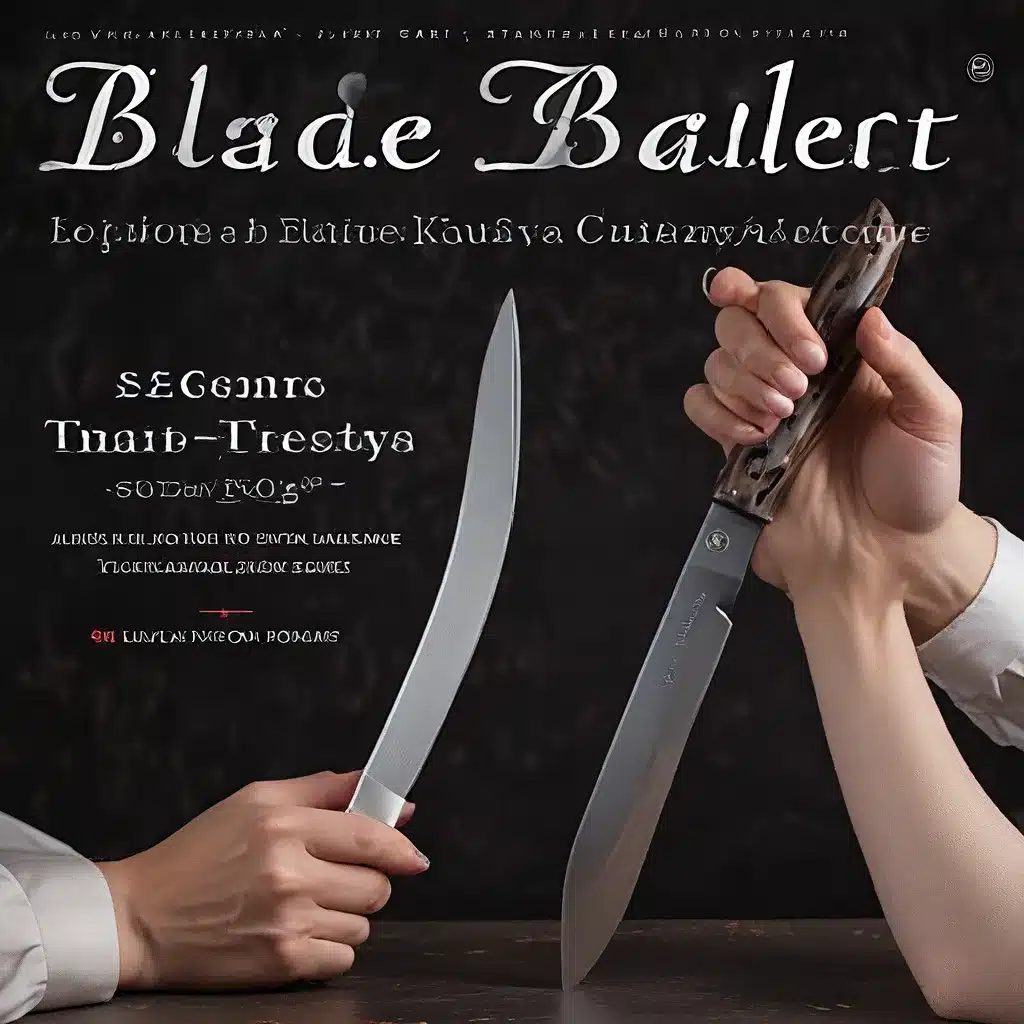
Picture this: you’re standing in the kitchen, knife in hand, poised for a performance. The ingredients before you are your stage, and the blade is your lead dancer. With a graceful flick of the wrist, you slice through tender meat, carve intricate patterns in vegetables, and mince herbs with the precision of a seasoned pro. Welcome to the world of culinary artistry, where the right knife technique can elevate even the simplest dish into a gastronomic masterpiece.
As a home cook, I’ve had my fair share of encounters with the age-old debate: Santoku vs. Chef’s Knife. These two kitchen titans, each with their own distinct personalities, can make or break your cooking experience. It’s like choosing between a prima ballerina and a powerfully built lead actor – both have their strengths, and the key is understanding which one to bring to the stage.
Let’s dive into the world of these culinary workhorses and explore how to harness their unique abilities to create culinary magic. Shall we?
The Santoku: The Precision Ballerina
Ah, the Santoku knife – the Japanese dancer of the kitchen. With its slender, straight-edged blade and rectangular profile, the Santoku is the epitome of precision and control. Picture a ballerina, gracefully gliding across the stage, each movement executed with unwavering focus and poise.
The Santoku’s design is a direct reflection of the Japanese culinary tradition, where fine slicing and dicing are revered as true art forms. Its sheepsfoot blade is perfectly suited for complex vegetable preparations, allowing you to create paper-thin slices, intricate julienne cuts, and delicate garnishes with ease.
But the Santoku’s prowess extends beyond the realm of produce. When it comes to delicate tasks like slicing sashimi or trimming fatty meats, the Santoku’s thin, sharp blade and agile maneuverability make it a true virtuoso. It’s almost as if the knife is an extension of your own hand, dancing through the ingredients with effortless elegance.
The Chef’s Knife: The Powerhouse Performer
Now, let’s turn our attention to the Chef’s Knife, the western counterpart to the Santoku’s precision. Imagine a seasoned actor, commanding the stage with their sheer presence and versatility. That’s the Chef’s Knife in a nutshell.
With its broad, curved blade and pointed tip, the Chef’s Knife is built for heavy-duty culinary tasks. Whether you’re slicing through crusty bread, carving a roast, or dicing a mountain of onions, this knife is up for the challenge. Its rocking motion allows for quick, efficient chopping, making it a favorite among professional chefs and home cooks alike.
But the Chef’s Knife isn’t just about raw power. Its versatility is truly impressive, allowing you to tackle a wide range of kitchen tasks with ease. From mincing herbs to julienning vegetables, the Chef’s Knife can handle it all, making it a true workhorse in the culinary arena.
Mastering the Dance: Techniques for Both Blades
Now that we’ve explored the distinct personalities of the Santoku and Chef’s Knife, let’s dive into the techniques that will transform you into a culinary artist.
For the Santoku knife, the key is all about precision and control. Embrace the up-and-down slicing motion, using the flat edge to create those paper-thin slices and intricate julienne cuts. Imagine yourself as a ballerina, each movement measured and graceful, as you glide through your ingredients.
The Chef’s Knife, on the other hand, thrives on the rocking motion. Picture yourself as a seasoned performer, commanding the stage with your knife skills. Use the curved blade to mince herbs, chop vegetables, and slice through thick cuts of meat with ease. It’s a dance of power and finesse, where each stroke is a masterful display of culinary prowess.
And let’s not forget the importance of knife maintenance. Just like a dancer must care for their body, your blades require regular sharpening and proper storage to maintain their peak performance. Invest in a quality sharpening stone or electric sharpener, and treat your knives with the care and respect they deserve.
Choreographing the Perfect Dish
Now that you’ve mastered the techniques, it’s time to put them into action and choreograph the perfect dish. Envision your ingredients as the ensemble, and your knives as the lead performers. Where will the Santoku take center stage, and where will the Chef’s Knife shine?
Perhaps you’ll start with a delicate salad, precisely slicing vegetables with your Santoku to create a visually stunning presentation. Or maybe you’ll tackle a hearty roast, using your Chef’s Knife to carve through the meat with efficiency and precision.
The possibilities are endless, and the key is finding the right dance partner for each task. Experiment, play, and have fun with your blades. After all, in the world of culinary artistry, the dance is the dish.
Conclusion: Embracing the Blade Ballet
As you stand in your kitchen, knife in hand, remember that you are a culinary choreographer, crafting a symphony of flavors and textures. The Santoku and Chef’s Knife are your lead dancers, each with their own unique style and grace.
Embrace the Blade Ballet, and let your knives guide you on a journey of culinary exploration. Discover the nuances of each blade, master the techniques that bring out their best, and choreograph dishes that will leave your guests in awe.
Remember, the dance is never over in the world of cooking. There are always new steps to learn, new ingredients to explore, and new culinary heights to reach. So, sharpen your blades, don your apron, and get ready to take the stage. The Blade Ballet awaits.


